Contents
Do you have a green thumb no matter whether you plant in a garden or a set of pots on the windowsill? If so, then you may already feel confident about your ability to grow crops that will get you through food shortages. I also felt that way until I began looking at the kinds of disasters that could cause a prolonged social collapse. How can you farm or garden on land that has been covered over with volcanic ash, or just as bad, radioactive materials from a nuclear event? These and several other scenarios led me to conclude that I had to learn more about aquaponics and adapt it for complete indoor use. This guide is intended to provide an introduction to indoor aquaponics gardening so that you can grow enough food indoors regardless of what is going on in the world around you.
The Hardware Must Be Sustainable
For indoor uses, you are best served by using smaller aquariums that provide growing room on top of the tank.
While outdoor systems and larger indoor systems rely on at least two tanks, you will find these setups hard to maintain in a household or large apartment setting. When it comes to sustainable hardware, always look for the following:
- seamless tanks will last longer and come in a larger number of shapes and sizes. Even though I have kept traditional glass aquariums for years, I still prefer the newer acrylic tanks because I will never have to worry about them leaking. In addition, if I had to move my hydroponics setups, acrylic tanks are less likely to break in transport.
- Filter and nutrient transport systems should be as simple as possible. Try to avoid filters that require pre-fabricated cartridges that you must exchange on a routine basis. Aside from causing a severe disruption in the aquarium’s biofilter, these cartridges will be impossible to get in a crisis situation.
- Choose pumps that you can repair using simple tools and materials. The diaphragm in modern pumps will blow out long before the motor does. If you choose pumps that can be repaired, then you can double or even triple their lifespan while storing away relatively few supplies.
- Experiment with different substrate types. Even though plants grown using aquaponics methods require very little soil, they still need a small amount of material for anchoring purposes. If you are starting your system on a budget, you will find this is the most expensive part of the system. Explore using different materials to see what will work best for each plant type and still remain safe for the fish.
- Egg and fry (baby fish) pens must be easy to set up and must also fit in the main aquarium in order to save space and resources.
Not Just Any Fish, but The Right Fish
If you’ve ever kept tropical fish as a hobby, then you may have some idea that a few angel fish or even goldfish sedately swimming around in a 30-gallon aquarium will be suitable for aquaponics. Sadly, these fish are wrong for a number of reasons. Consider the following:
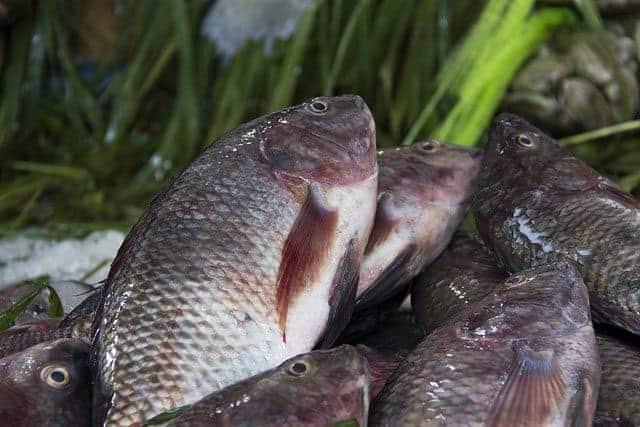
- fish that are bred for “ornamental” or hobby purposes have been treated antibiotics and hazardous chemicals that remain in their flesh. They are not safe to consume, which defeats part of the purpose of a hydroponics system.
- Ornamental fish may also carry TB, worms, and a number of other parasites that can be very dangerous to humans. No matter whether the plants become contaminated with pathogen eggs, bacteria, or fungal spores, it can spell disaster. Make sure that the fish you buy are for edible aquaponics systems.
- The fish you choose must reproduce quickly and easily in an aquarium setting. You should also have enough breeding pairs on hand and tanks so that the fish do not become inbred and eventually unable to reproduce.
- You will need at least three species of fish. One should do well in pH neutral water, one in acidic water, and one in alkaline water. In a crisis situation, you may not have the luxury of chemical based pH shields for the fish, let alone pH balancing additives for plants that require either acid or alkaline soil for proper growth.
You might also find interesting our article about 25 survival foods with long shelf life.
Plants Need Light to Grow
Getting enough light is one of the hardest parts of growing fruits and vegetables indoors. Unlike herbs and houseplants that thrive in lower light settings, most garden oriented foods grow much faster and also have a much shorter lifespan. As a result, they don’t need just “bright” light, they need a light that is concentrated enough to meet their needs. Without sufficient broad spectrum lighting that is similar to the sunlight, your hydroponic system will fail. I personally recommend taking a light intensity meter and testing out different lighting systems before actually starting new seeds or plants. For long term usage, I also recommend installing a sunroof or finding some way to create a greenhouse where the plants will receive as much natural sunlight as possible. Just make sure that the glass, plastic, or other material used do not block out important parts of the sun’s radiation spectrum.
Temperature Matters More than You Thought
No matter where plants grow, they also require temperatures that suit different stages of growth. For example, if the
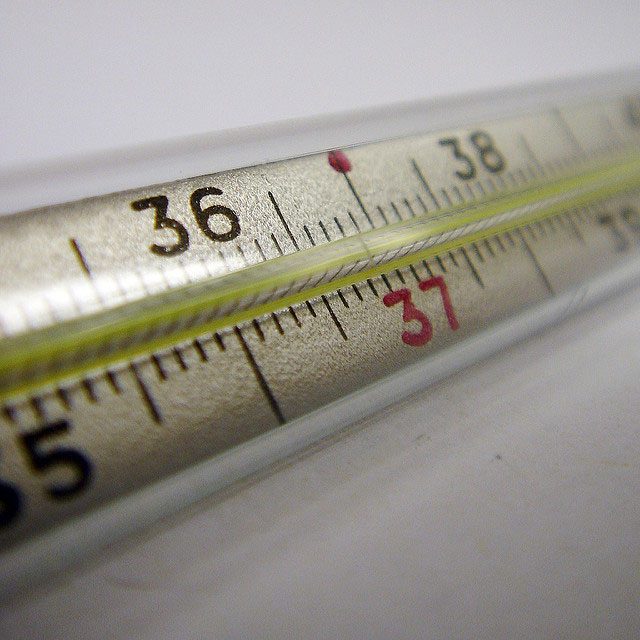
soil temperature is too cold or too warm, many seeds won’t germinate. Even though hybrid plants with ancestors from around the world may grow comfortably in your garden, that does not mean heirloom variants will do as well. In some cases, the heirloom versions may be more sensitive to inappropriate temperature ranges than hybrids. In my experience, this situation can be made even worse in a hydroponics system because:
- water from the aquarium must be at an ideal temperature for the fish to do well. Unless the fish are breeding, the water temperature should stay as stable as possible.
- Plants require different temperatures based on whether they are germinating, flowering, or preparing to make fruit. As such, it is entirely possible that water coming from the aquarium will be too warm or too cold to mimic the correct soil temperature. You can adjust these temperatures to some extent, however, it takes a lot of experience to do so correctly for some staple plants.
- If you have been gardening for many years, then you already know that air circulation is extremely important when it comes to avoiding leaf, stem, and root infections. When air circulates, it also has a drying effect. In a hydroponics system, plant roots are in wetter conditions than they would be in a conventional soil system. This increase in moisture means that even if the temperature is optimal for plant growth, you may still have to adjust it to reduce the risk of infections that are common in this type of growing system.
Choosing the Right Plants and Plant Combinations
As a gardener, I am always very fussy about where I put plants from season to season. Aside from avoiding common pest problems, I also use rotation systems so that I have an easier time adjusting soil pH so that acidic and alkaline-loving plants can both thrive. When choosing plants for an aquaponics system, you will need at least three aquarium setups so that you can provide acidic water for “acid-loving” plants, alkaline water for those that prefer a higher pH, and neutral water for plants that don’t do well in acid or base soils.
Many people that create outdoor and extensive indoor aquaponics systems use a range of supplements to help control the pH of water that reaches the plants, and then they have another set of chemicals to adjust the pH back to what the fish need for good health. In my personal experience, this system is simply not feasible for situations where it is not possible to get the needed supplies. You are truly far better off making sure that the pH of the water balances naturally between the plants and the fish instead of using additives.
For an indoor survival aquaponics garden, I recommend plants that have the following features:
- The plant must do well in a hydroponic garden. Some of the best plants are windowsill herbs, lettuce, spinach, squash, celery, cucumbers, melons, and berries.
- Each plant must be nutrient dense, provide a key nutrient, or have a wide range of medicinal properties. My personal favorites include sage, spinach, muskmelon, and strawberries.
- The plant must be available in heirloom seed packs, or you must be able to get wild versions for your local area. This is important because heirloom or wild plants are the only ones that you can get viable seeds from to produce the next generation of plants. Even if you decide to start with hybrids, it is very important to make sure you can work with heirloom and wild seed types in a hydroponic garden.
We also recommend reading our article about DIY foods you can prepare for emergencies.
According to the Boston Gardener, “Hydroponics is ideal for urban families, as well as those in rural areas, but aquaponics takes the process further and allows for a circular design that runs almost without inference—ideal for all those preparing for natural disasters, massive political upheaval or devastating economic crises.”
Conclusion
Do you have experience with gardening and aquarium keeping? If so, how do you feel about growing foods using methods that combine both systems? If you have tried one or more of the indoor aquaponics garden kits on the market, I would also love to hear about how they worked for you. Please feel free to post your comments in the section below this article. I love hearing about how readers have worked with different food production methods and what innovations have already been tried.
Additional Resources:
- Make A (Nearly) Self-Sufficient Indoor Garden With Aquaponics
- What is Aquaponic Gardening?
- A Complete Guide to Aquaponic Gardening – Green and Vibrant

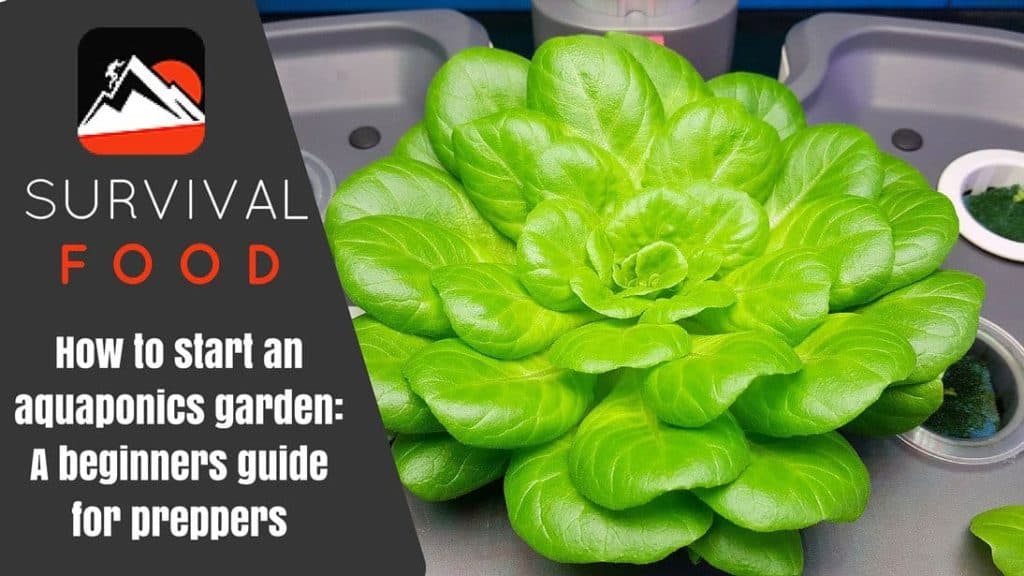
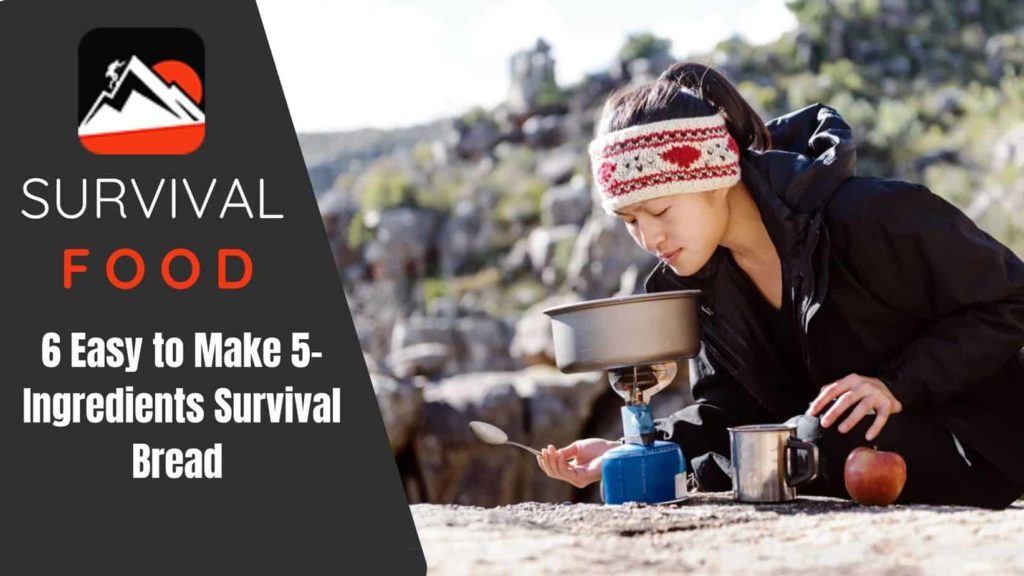
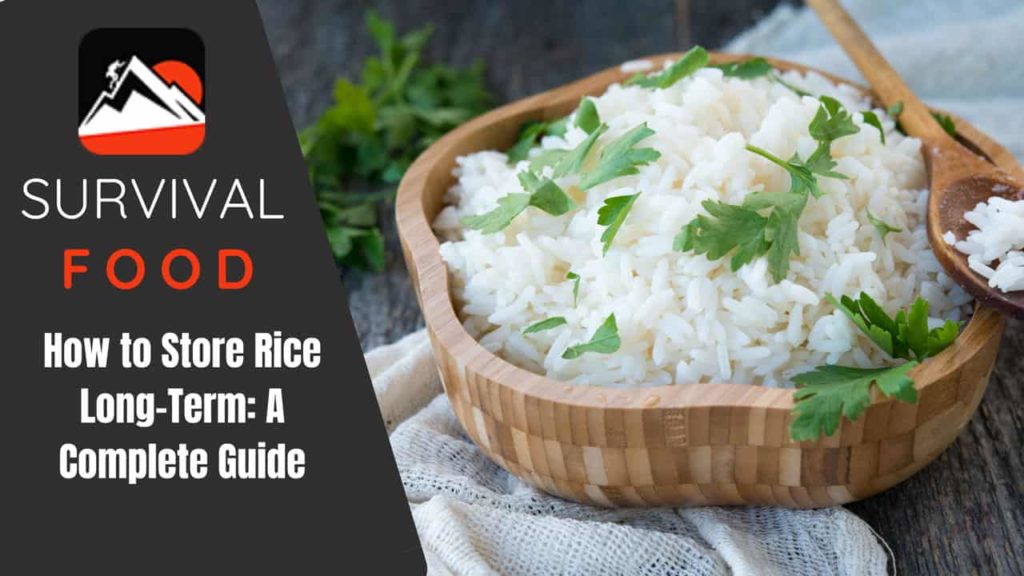
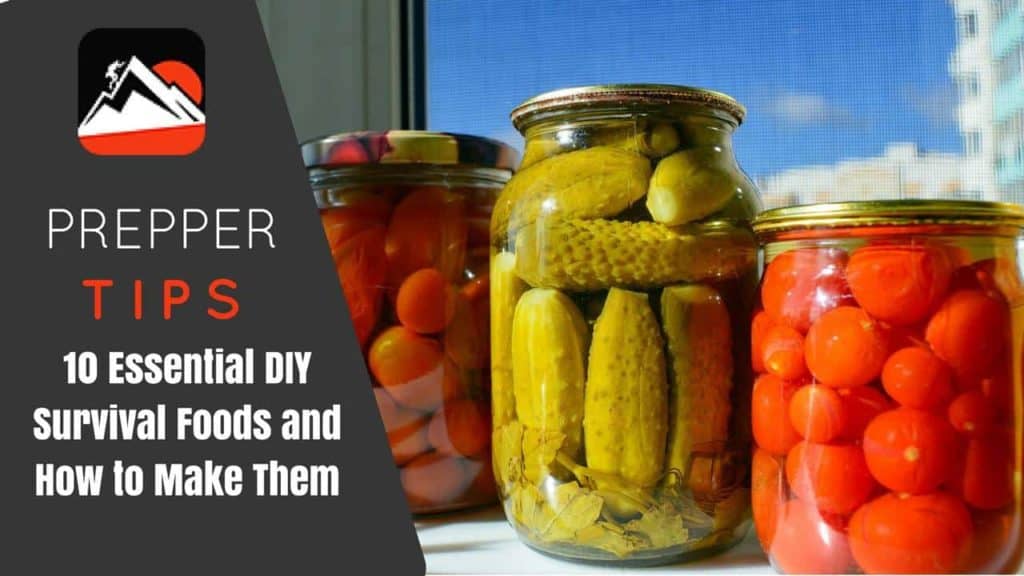
I hope you do a bit on aero-gardening. I live alone and this all sounds overwhelming…butI was thinking maybe since I live on the Gulf Coast I can get enough sun for potato and carrots at least and spray with water that has nutrients for aero-gardening.
these kind of post and blog are very important to guide people and motivate them to grow such plant than can help to reduce the food shortage. obviously everybody wants to eat fresh and organic food.